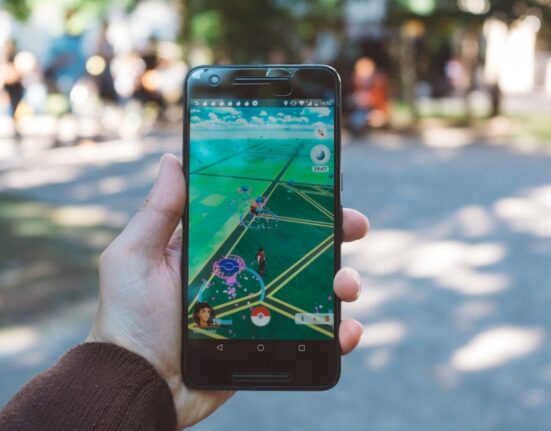Augmented reality (AR) has evolved beyond its gaming origins and is now significantly impacting various industries, transforming the way customers experience products and services. Here are five key ways AR is changing customer experiences:
- Retail Shopping:
AR is revitalizing brick-and-mortar retail by offering customers enhanced in-store experiences. Retailers like IKEA, H&M, and Sephora are using AR to provide detailed product information and enable customers to virtually try out products at home. For instance, IKEA’s Place app lets customers visualize furniture in their homes before making a purchase.
- Tourism and Travel:
AR is enhancing the travel experience by providing instant guidance to users in unfamiliar places. Apps like Yelp’s Monocle use AR to provide information about local points of interest. Hotels are also incorporating AR by offering guests interactive maps and immersive videos about the local area, contributing to the growth of AR in the travel industry.
- Customer Service:
AR is streamlining customer service processes. Imagine using your phone to troubleshoot a WiFi issue by pointing it at the setup. AR can provide step-by-step guidance and detailed information, speeding up the resolution time. This technology facilitates efficient communication between customers and service agents.
- Healthcare:
In healthcare, AR is benefiting both professionals and patients. Healthcare workers use AR for training through 3D representations of anatomy. Patients can better understand surgical procedures, and technologies like AccuVein provide a visual map of veins, making it easier for healthcare workers to perform procedures with minimal discomfort.
- Publishing:
AR is transforming reading into an immersive experience. By pointing a phone at a printed page, characters, landscapes, or additional information can come to life in 3D. This innovation enhances traditional books and magazines, making them more engaging and interactive for readers.
- Education and Training:
AR is revolutionizing education and training by providing interactive and immersive learning experiences. Educational institutions and businesses can use AR to create simulations, virtual labs, and 3D models that enhance the understanding of complex subjects. For example, medical students can practice surgeries through AR simulations, and maintenance technicians can receive hands-on training through virtual overlays on real-world equipment.
- Real Estate:
AR is changing the way people buy, sell, and rent properties. Real estate apps with AR features enable users to visualize properties in a more interactive manner. Potential buyers can use AR to see property details, visualize interior designs, and even take virtual tours of homes without physically visiting them. This not only saves time but also enhances the decision-making process for customers in the real estate market.
- Automotive Industry:
AR is enhancing the car-buying experience by providing customers with interactive and informative experiences. Car manufacturers can use AR to showcase features, provide virtual test drives, and offer in-depth information about vehicle specifications. Customers can use AR apps to see how a chosen car model would look in their driveway or garage, explore its interior in detail, and even receive maintenance instructions through augmented reality overlays.
These applications demonstrate how AR is evolving beyond its gaming roots to create practical and valuable experiences in various industries, ultimately reshaping the way businesses engage with their customers. As technology continues to advance, the potential for AR to transform customer experiences across diverse sectors is likely to expand even further.










Leave feedback about this